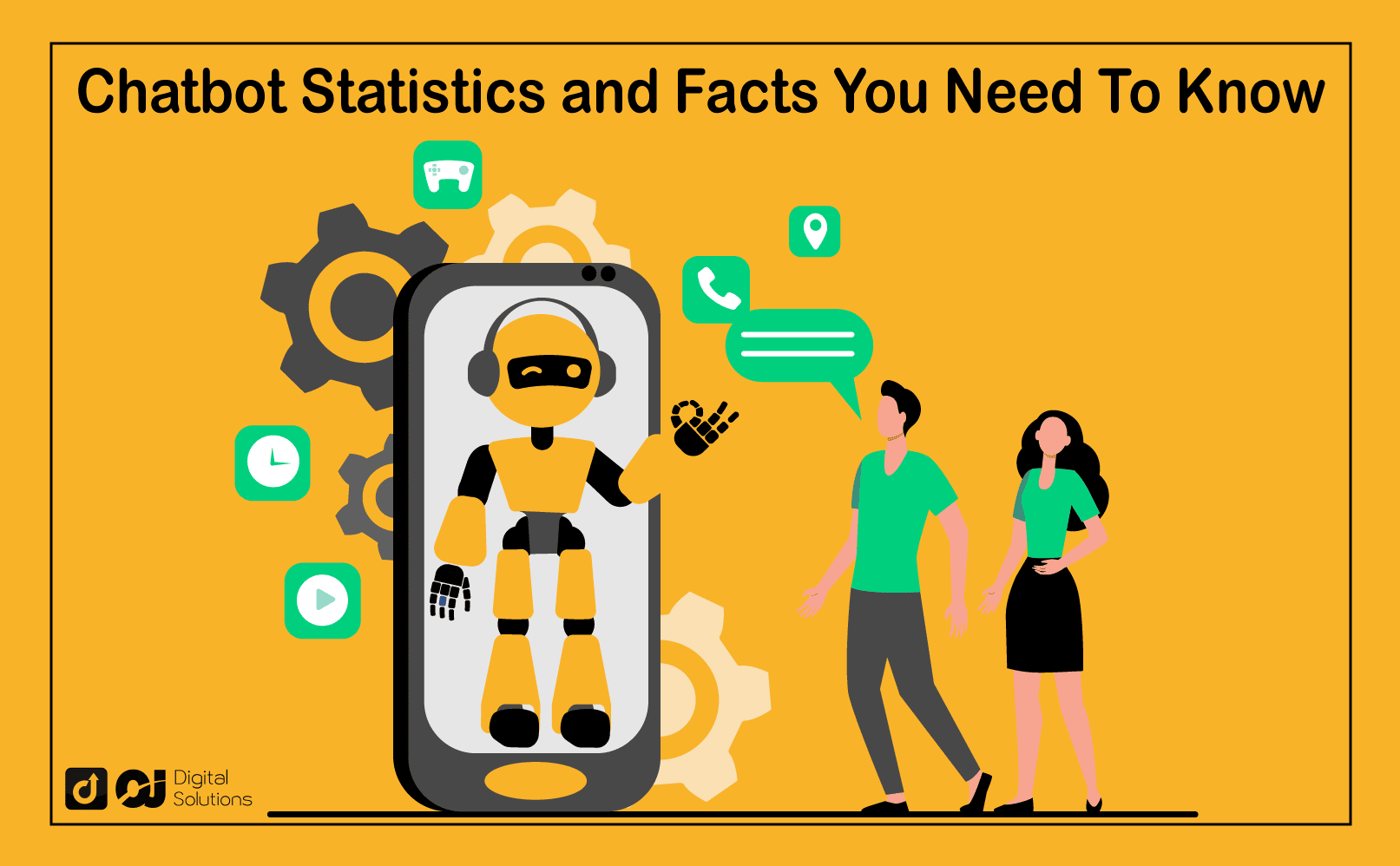There’s no denying that today’s customers expect quick and round-the-clock solutions when shopping online.
To keep up with this demand, business owners have started using chatbots.
Chatbots are artificial intelligence (AI) systems that provide instant customer engagement by answering customers’ queries no matter what time it is.
They have the potential to deliver excellent customer service as long as a company implements them correctly.
If you want to learn more about chatbot statistics, you’ve come to the right place.
In this article, I’ll share the latest and most relevant chatbot statistics to help you harness their potential for your business.
Let’s get started.
What Is a Chatbot?
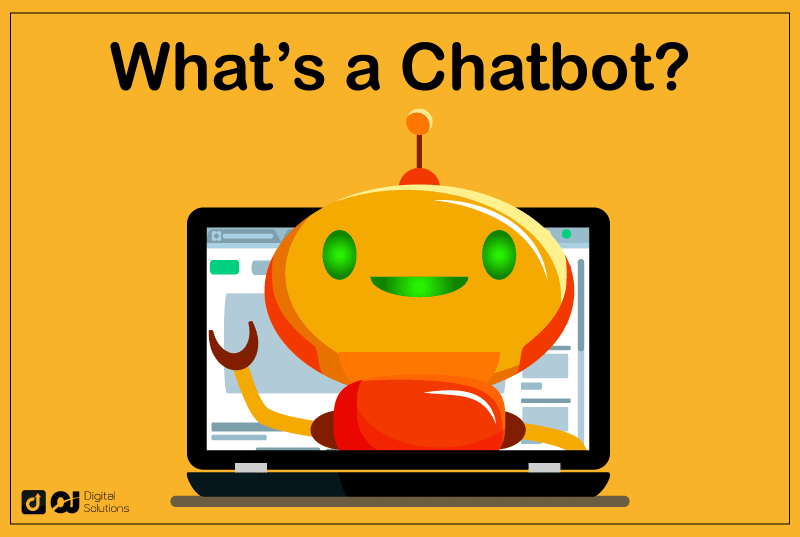
A chatbot is an interactive computer program that uses natural language, artificial intelligence, and machine learning to mimic human conversation.
AI chatbots can automate various tasks, from answering common queries to chatbot marketing and reducing cart abandonment.
You can use them on various channels, such as mobile phones, websites, messaging apps, and chat platforms.
Using chatbots gives business owners more freedom to focus on other tasks.
Instead of attending to customer queries one by one, business owners can simply let the chatbot handle common questions with automated answers.
Statistics on the Benefits of Chatbot Usage for Customers
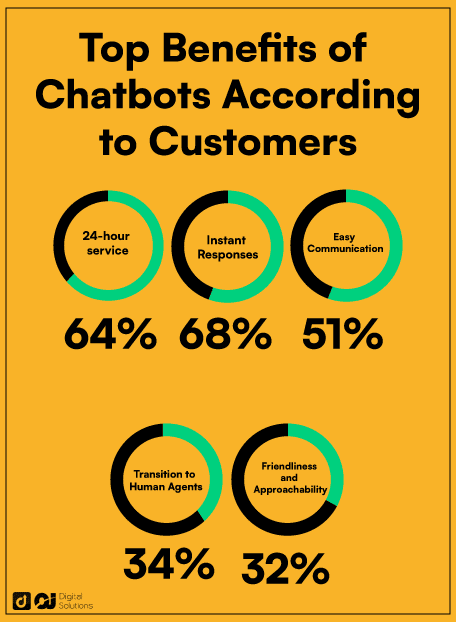
Chatbots Offer 24-Hour Customer Support Services.
The most significant advantage of adopting a customer service bot is round-the-clock customer support. According to Invesp, 64% of shoppers cite 24/7 service as the top benefit of chatbots.
Chatbots Deliver Instant Responses.
Another significant benefit of using a chatbot is that it eliminates the need for customers to wait in queue for assistance.
You won’t have to go through any long forms or call customer service on hold for hours with a customer service agent when making a purchase.
68% of customers enjoy the speed with which they receive answers to their questions from a chatbot.
Chatbots Increase Customer Engagement.
By making specific suggestions and initiating preemptive dialogues, chatbots help keep customers engaged around the clock, improving the customer’s experience.
Chatbots can even handle entire conversations around 69% of the time.
Thus, 51% of customers find it easy to communicate with them, and 32% find chatbots friendly and approachable.
Customers Can Contact Human Agents Through a Chatbot.
It’s easy to think bots can do everything, but it’s essential to have a smooth transition from chatbot to people.
Customers who visit your website expect to be able to switch to customer support agents for more complex situations, questions, and concerns.
Sometimes, a human element is better than an automated one, especially for payment disputes.
Current chatbot usage statistics show that 34% of customers contact an actual person through a chatbot.
A recent survey also revealed that 80% of consumers are more willing to use a chatbot if they know they can quickly transition to a live agent.
ECommerce Chatbot Statistics
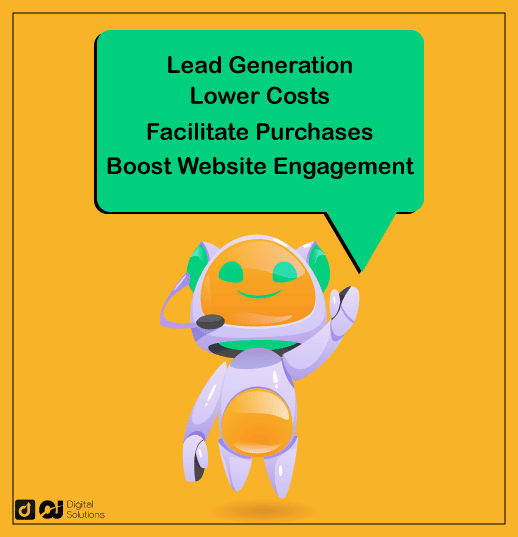
Chatbots Streamline Lead Generation and Closing Deals.
You can automate your sales funnel using chatbots to prequalify leads and pass them to the best sales team for further nurturing.
Your conversion rate and leads increase when you quickly engage customers.
According to a study of 400 companies, chatbots raise conversion rates by an average of 10-100%, depending on the industry.
That’s probably why 55% of businesses use chatbots to generate leads.
Chatbots Help Businesses Save on Customer Support Costs.
Chatbots are easy to scale up, reducing operational costs associated with infrastructure and hiring additional customer service agents.
According to Chatbots Magazine, businesses can reduce customer support costs by up to 30% by offering conversational solutions with chatbots.
That translates to savings of up to eight billion dollars annually.
Customers Can Make a Purchase Through a Chatbot.
Research by Juniper predicts that chatbots will make up $112 billion in retail sales by 2023.
Currently, 47% of consumers are willing to buy using a chatbot.
Customers from the millennial and Gen Z generations, in particular, are used to messaging apps and making purchases with the help of conversational marketing tools.
Chatbots Boost Website Engagement.
Chatbots assist brands in gathering customer data and feedback for tailored messaging and marketing initiatives.
Because chatbot interactions provide instant responses and offer value to customers, they can give customers a smooth experience and encourage brand loyalty.
39% of businesses say that chatbots increase the time their website visitors spend on them.
Chatbot Statistics on User Interactions
60% of Gen Y (Millenials) Have Interacted With a Chatbot.
Businesses should pay attention to the chatbot usage and inclinations of millennials, as they comprise the largest group of consumers.
About 60% of millennials have experienced chatbot ecommerce transactions, and 70% of those reported having a pleasant experience.
Meanwhile, over half of those who have yet to use chatbots have expressed an interest in trying them out.
88% of Internet Users Used Chatbots.
To state that chatbot use is widespread today is an understatement, as 88% of internet users have used chatbots.
Furthermore, 7 out of 10 people said they had a pleasant experience.
Most customers also believe that more companies should use chatbots because quick responses are critical in the current business climate.
70% Of Banking and Customer Support Users Use the Same Chatbot.
Regarding banking and customer support, people are more likely to use chatbots more than once, unlike 58% who use chatbots for retail services.
Approximately two-thirds of users in all sectors have used the same chatbot multiple times.
Chatbot Implementation Statistics
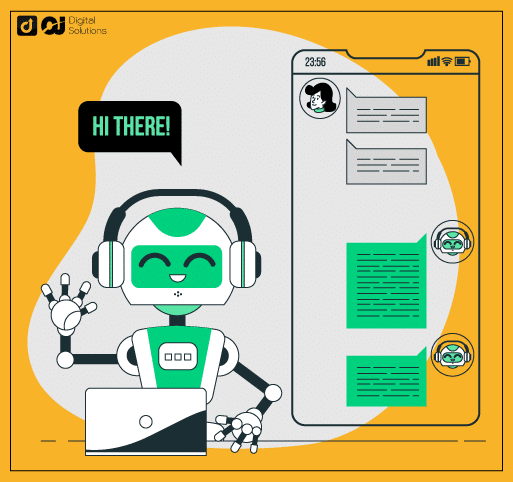
74% of Business Owners Are Satisfied With Their Chatbots.
According to Tidio, most business owners who already use chatbots are satisfied with their performance.
In their experience, the chatbots they used on their websites helped them achieve their business goals.
Chatbots also eased the workload for live agents by 70%.
Furthermore, 64% of businesses believe that chatbots facilitate a more customized customer experience.
Chatbots Provide a Significant Return on Investment for 57% of Businesses.
Perhaps you’re wondering, “Are chatbots effective?”
The short answer is yes.
That’s because they boost revenues.
Businesses can save time with chatbots, which is the most apparent benefit.
Juniper Research anticipates that the overall cost savings achieved through the implementation of chatbots will reach $11 billion by 2023.
Considering this number in the context of how big the global chatbot market will be in 2023 —estimated to be $800 billion—it looks promising.
Thus, it is no surprise that many businesses eagerly jump on board.
According to a survey by Business Insider Intelligence, the amount that worldwide retail customers spend on chatbots might reach $142 billion by 2024.
Chatbots Can Serve As Brand Communication Channels.
Chatbots don’t just improve customer interactions by instantly providing them with quick responses. They also save the valuable time of the customer support team by intelligently redirecting inquiries.
They have a remarkable capacity to multitask and promptly respond to a high volume of customer requests.
This efficiency is why 23% of customer service organizations utilize chatbots as their brand communication channel.
Chatbots Save Up to 77% of the Time for Handling Inquiries.
Today’s customers are more impatient. They want fast responses and will lose interest if their shopping experience isn’t smooth.
53% of online buyers will abandon their carts if the store’s response time is too slow.
Fortunately, chatbots can save up to 77% of the time it takes to handle inquiries.
When customer service department staffing is low, a chatbot could be the difference between losing and retaining customers.
Chatbot Market Statistics
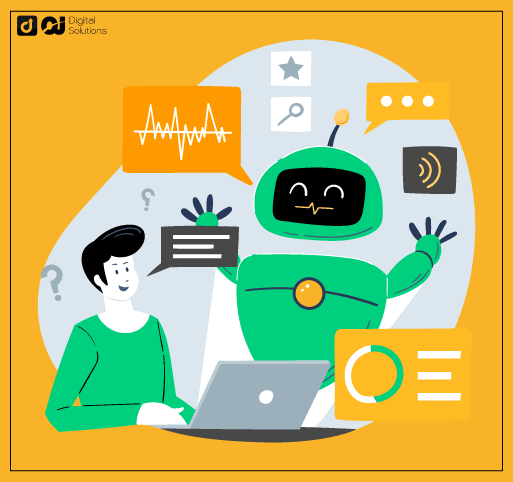
Growth of the Chatbox Market
With the rising customer demands, the rise of online shopping and 24-hour assistance make ecommerce a launching pad for cutting-edge chatbot technology.
Chatbots are now the dominant players. Experts predict that the global chatbot market will be worth $9.4 billion by 2024.
Statistics on the Future of Chatbots
Chatbots Will Feel More Natural to Use.
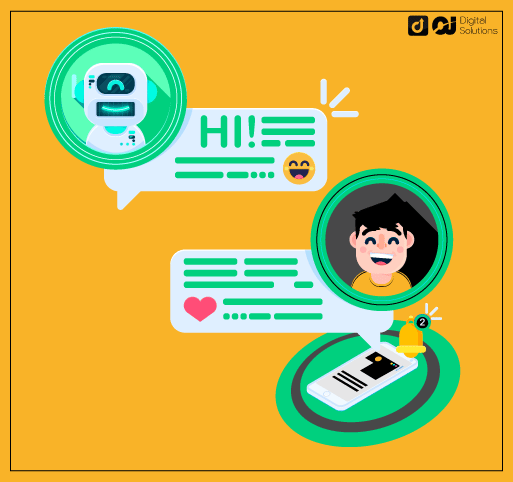
According to research conducted by PwC, customers place the highest value on promptness, convenience, and receiving helpful and polite service.
They are prepared to spend an additional 16% more on companies that can deliver these qualities.
On the other hand, one incidence of poor service is all it takes for 35% of customers to look elsewhere.
Chatbots need to interact with users in a more human-like approach to guarantee that customers get what they need.
With the advent of modern natural language processing algorithms, chatbots can produce more natural chats than ever.
The Market Will See An Increase in the Availability of Voice Enabling.
The expansion of speech AI is undeniably a development to keep an eye on.
For example, voice recognition software and virtual assistants like Alexa, Google Assistant, and Siri have drastically transformed how we shop.
There are already over 100 million products available on the market that are Alexa-enabled.
The key players in the chatbot industry, such as Google, Microsoft, and Facebook, have been investing in chatbot technology and continue to work on bot projects.
You should anticipate a significant expansion in the capabilities of these virtual assistants in the future, even though they are already an essential component of our lives today.
According to Juniper, the number of voice assistants will increase by 1000% and reach 275 million by 2023.
Companies That Use Chatbots Will Have Actionable Insights.
In customer service, predictive analytics uses statistical analysis and data modeling to predict customer behavior and future trends.

The chatbot keeps track of data, statistics, tastes, and patterns as it communicates directly with the end customer.
The customer service bot then uses these records to respond to customers in a caring and intelligent way.
Using this data to improve and optimize the customer experience strategy that a company already has in place can give it a competitive edge.
Payments Through Chatbots Will Increase.
Internet users have been using chatbots for a significant amount of time to provide answers to questions asked by customers and collect information.
It’s high time chatbots expanded beyond the typical customer support interaction.
Customers can make payments straight from the chatbot interface as many businesses utilize chatbots coupled with robust payment gateways such as PayPal, Stripe, and Razorpay.
Chatbots Re-Engage Customers After a Sale.

After the buyer has completed their purchase, you can use chatbots in whatever way you see fit.
For example, you can provide customers with after-sale support using chatbots.
An excellent place to begin is by maintaining open communication with clients throughout the order fulfillment process by providing them with shipment and tracking updates.
You can also employ chatbots to solicit feedback from customers.
The chatbot can send a follow-up message to customers, asking them to rate the quality of the service they received.
Chatbots Will Boost Brands’ Social Media Engagement.
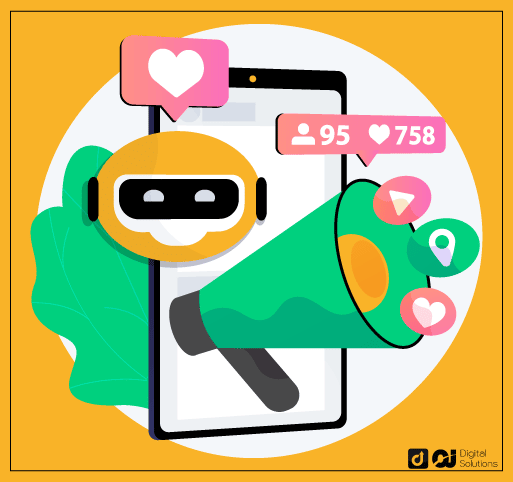
Businesses employed chatbots to increase their social media presence in 2022 since billions of people use messaging platforms like Facebook Messenger.
According to one report, Facebook Messenger uses more than 100,000 different chatbots.
The use of chatbots on social media is gaining popularity, and this pattern will likely continue for a considerable time.
Marketers rely on chatbot marketing to maintain an active presence on social media and cultivate a personal connection with people.
Social media chatbot technology can benefit your business by:
- Providing clients with direct links to items and reducing the time it takes to make a sale
- Offering opportunities to upsell and cross-sell
- Automating your chat responses with personalized ones to attract new customers
You can also link your social media chatbots to your customer relationship management software, inventory management software, analytics, and other tools. Doing so ensures that the customer is always the focus of your interactions.
Chatbots Will Have a Big Impact on Many Sectors.

Healthcare and Banking Sector
Chatbot statistics show that chatbots should be able to handle 75–90% of customer inquiries in healthcare and banking in 2022 and beyond.
Chatbots quickly gained a foothold in the healthcare sector during the pandemic. Since then, hospitals have used them to diagnose and prescribe treatment for common health issues.
As the field develops, chatbots will undoubtedly be able to assist with more advanced healthcare diagnostics, such as evaluating mental health.
The use of chatbots will likewise become an even more essential feature in the banking industry.
As more people switch to online banking, chatbots can help automate processes for smoother transactions and answers to frequently asked questions.
Education Sector
Educational institutions already use chatbots to offer quick answers and information to students.
AI chatbots assist with administration and management tasks like taking attendance or managing schedules on campus.
They provide an easy way for educational administrators to monitor their student’s academic progress and performance so that they can intervene early if necessary.
They can also help student engagement by providing real-time support at all times of the day. Students can also access information anytime, anywhere.
Aside from that, they can improve communication between teachers and students, leading to greater teacher satisfaction and improved student outcomes.
Conclusion
Chatbot statistics show that artificial intelligence enables businesses to leverage various technologies to improve customer service, create leads, and increase conversions.
The chatbot market shows no signs of slowing down anytime soon; it will only get more advanced and responsive to consumers’ needs.
If you want to know which AI chatbot strategy is suitable for your business, here’s a list of some of the best chatbots for ecommerce.

